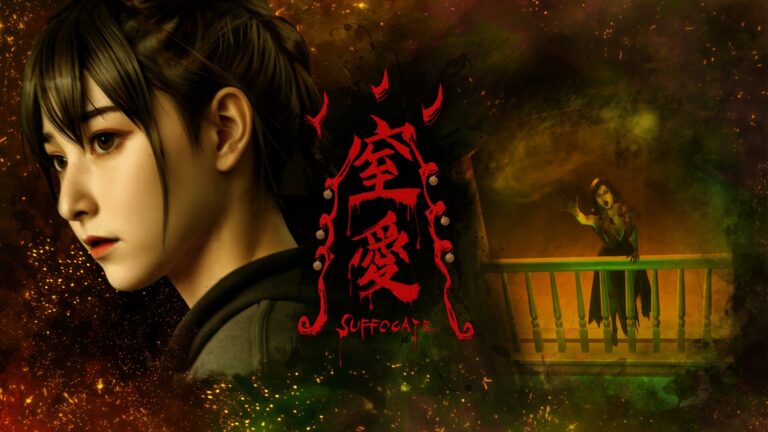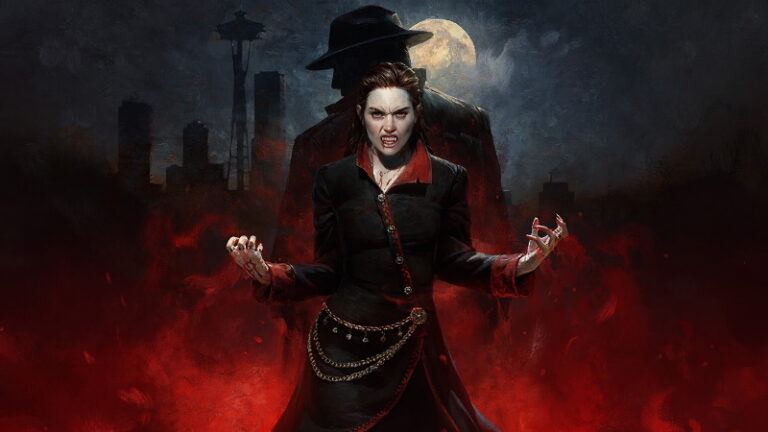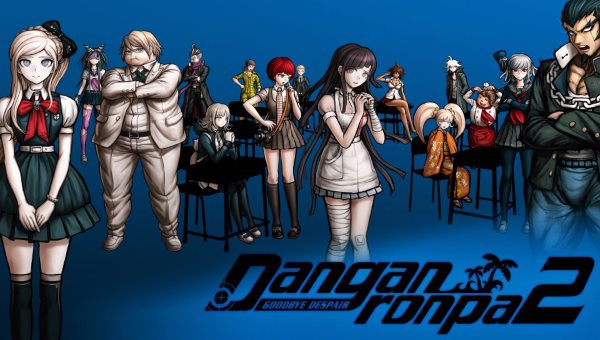
The sequel business is a difficult one, especially for creators looking to surmount everything that made a previous installment so gripping. This is the exact sort of challenge that developer Spike Chunsoft faced when they set out to create a follow up to the much beloved Danganronpa: Trigger Happy Havoc. As someone that truly adored the first game, I was definitely wary of a follow up for a whole assortment of reasons. A lot of what made that game special was the fact that it felt self contained, and for the most part the story concluded in a satisfactory manner. So while there’s no doubt that I was excited for Danganronpa 2: Goodbye Despair, I also carried with me a degree of concern that the game wouldn’t be as engaging as the first. Though, regardless of story justification or my own apprehension, it was more important that this game be what any good sequel should be. That is to say the aspiration that Danganronpa 2: Goodbye Despair would be something that stays true to the spirit of the original while also standing on its own merits. Thankfully, it seems as though that hope was able to triumph over any sort of despair.
As with the first game, it should be noted that this review will be completely spoiler free. Danganronpa 2: Goodbye Despair is a murder-mystery visual novel after all, so both the story and the plot are the primary appeal here. I’ll only give a general outline of the plot up to the first chapter, as well as mention who several members of the cast are. So there’s no cause for concern, you can read this review with no qualms of spoilers!
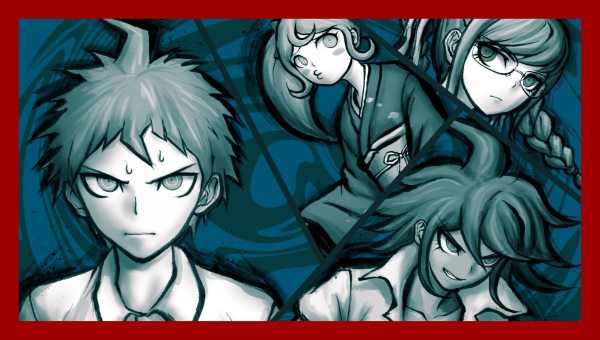
The story of Danganronpa 2: Goodbye Despair begins with the game’s protagonist Hajime Hinata being admitted into Hope’s Peak Academy, a private school for only students who are considered to be the absolute best in their respective fields. Hope’s Peak brings together the most gifted, intelligent, and talented young minds together in one place and deems them the “Ultimate” students. These Ultimates are presumably to become the next set of world leaders destined to push humanity into a new age of prosperity. The thing is, Hajime really doesn’t fit into the Ultimate category at all. Unlike his classmates he doesn’t possess any sort of particular talent, or rather he doesn’t remember what his talent is. For that matter, every single one of the Ultimates come to the realization that they’re missing memories as to how they came to be at Hope’s Peak in the first place.
Though Hajime and his fellow students time at Hope’s Peak is extremely short lived, as they are whisked away to the tropical paradise that is Jabberwock island. The one responsible for their sudden relocation is one known as Magical Girl Miracle ★ Usami, or just Usami for short. Usami is a magical bipedal rabbit that asserts herself as the teacher of the Hope’s Peak students, with the intention to help the students live together in harmony on Jabberwock island. Right now you’re probably thinking to yourself: “isn’t this supposed to be a murder mystery?” Well, yes it is, and a certain malevolent little bear is about to put an end to Usami’s hope for peace. That’s right, the harbinger of despair Monokuma is back and ready to start the killing game once again!
Monokuma immediately overthrows Usami as the one in charge of the island, claims to be her big brother, and even renames her to Monomi. From here on out, things are going to get rough for all the Ultimates now inhabiting the the island. Monokuma sets the stipulation for all parties involved: Either they take part in his killing game, or face staying trapped on the island for the rest of their lives. He also reveals that Monomi is the one that stole their memories, and he can restore them if the killing starts. Basically in order to leave and regain their memories, a student must murder one of their fellow classmates, not get caught, and make it through Monokuma’s deadly class trial.
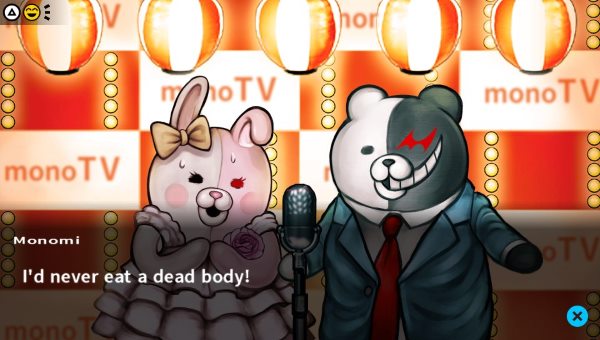
I’m going to refrain from elaborating on the plot any further, as we’ll start reaching spoiler talk rather quickly if I continue. All you really need to know is that the story, plot, and writing in general in Danganronpa 2: Goodbye Despair is leaps and bounds better than that of Danganronpa: Trigger Happy Havoc. I praised the first game in my review for its writing and particularly how it subverted a lot of expectations of the murder-mystery genre as a whole, but Goodbye Despair is just on another level entirely. The overarching story is more unique, the twists and turns of the class trials are a lot more intelligent, and the new cast as a whole is much stronger than the cast of the first game. This may sound like very heavy praise that I’m not elaborating much on, but that’s only because I simply refuse to spoil it for those that read this review and have yet to experience the game. All you need to know is if you’re a fan of games that feature excellent stories, Danganronpa 2: Goodbye Despair is among the best the gaming medium has to offer.
It should also be noted that while you can play Danganronpa 2: Goodbye Despair without having playing the first game, I would highly advise against it. The game may not seem like a direct sequel initially, but I can assure you that it most certainly is.
As you could probably tell from my earlier plot synopsis, this game just relishes in being silly. Arguably the strongest thing Goodbye Despair has going for it is its sense of humor. This isn’t just one of the funniest games ever made, in my opinion it’s the pound for pound king of comedy in the medium. In the 30+ hours it took me to complete the campaign, there was a good laugh to be had at least every 10 minutes or so at the very least. There’s a unique blend of dark comedy, endearing silliness, and well implemented referential humor that will make your time on Jabberwock island such a treat. Never in my life did I think I’d be playing a Japanese visual novel that referenced Trailer Park Boys, but hey it happened.
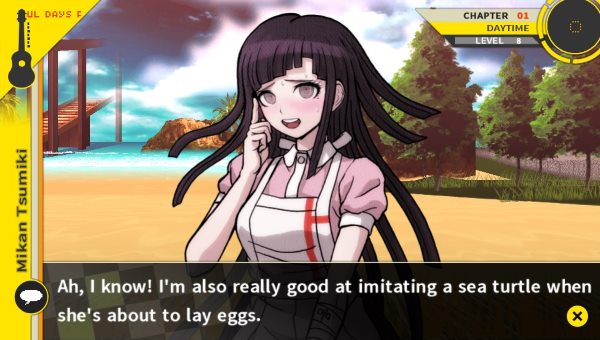
The presentation in Goodbye Despair is also much better than it was in Trigger Happy Havoc as well. The tropical island setting of the game suits the humor and overall tone of the franchise in a way that that the grey hallways of Hope’s Peak never could have. The environments are just so colorful and pleasing on the eyes when you’re out exploring the island, which helps with the reprieve necessary after witnessing a grisly murder scene, taking part in a class trial, or just any of the game’s darker moments. The developers have also expanded on the 80’s retro gaming style menus this time around. While before there was a good chance you only notice that retro aesthetic now and again in the first game, Goodbye Despair really pushes it to the forefront.
Masafumi Takada is back in the composers chair yet again for Danganronpa 2: Goodbye Despair, and he seriously outdid himself this time around. Most of the new music really ties into the whole tropical island visual aesthetic and helps to set the mood. There are several tracks that employ both wood and stringed instruments that sound like they’re straight out of something you’d hear while vacationing in a Caribbean resort. Monomi’s theme is probably the big standout track of the OST though, and it very may well be the greatest song you’ll hear out of a videogame this year.
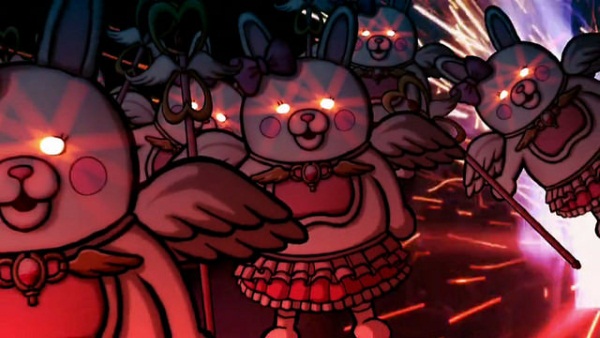
The most of the gameplay hasn’t changed dramatically in Goodbye Despair since the first game, just a lot of of tweaking and refinement. As anyone that’s played Trigger Happy Havoc knows, the meatiest bits of Danganronpa‘s gameplay come from the murder investigations and class trials. As mentioned earlier, Monokuma insists that the only way for these students to escape the island is to kill each other and get away with it. Getting away with such an act isn’t that simple – the perpetrator must cover their tracks and not be discovered during the class trial. Class trials are the part of Monokuma’s killing game where the remaining students must come together with the evidence gathered from a murder and try to catch the murderer. As part of the Class Trial rules, the class will come together and vote on who they believe the killer is given the provided evidence. If they’re caught, Monokuma will punish the guilty party, and by punish I mean he’ll kill them himself. Though conversely, if the class chooses incorrectly, then Monokuma will kill *all* of the students involved in the class trial that aren’t the guilty party. So it’s a given that the murderer(s) will often tamper with evidence and lead you in the wrong direction in an effort to save themselves.
The actual gameplay from these class trials ranges from thrilling to a total chore. The non-stop debates where you’ll present your evidence and pick apart another’s argument are sure to fill you with “eureka!” moment satisfaction, especially given that the cases/murders are far more interesting and creative than the ones found in Trigger Happy Havoc. However, a couple of the minigames that are part of the Class Trials can be a total drag. For example there’s a new minigame called “Logic Dive” where you have to control Hajime as he snowboards down tracks that lead to various solutions to a case. You will be presented with a question and multiple paths to go down, each path connecting to different answer. It’s not a bad minigame, but it’s certainly dull and breaks the pacing of a case. It’s not fun being on the verge of a major revelation in a case when the game just throws you into this slow moving snowboarding section that goes on for too long.
I mentioned earlier that the Class Trials are much more well written and interesting in Goodbye Despair, and with that will come an added layer of difficulty. There were several moments where I found myself really having to ponder out how a murder must have played out before advancing in the trial. You will get stuck at several moments in this game, there’s no way around it. Even if you play on the easier difficulties, the game can be quite challenging at times when it comes to putting together the evidence in the right order. Class Trials are also much longer than they were in the first game too; it’s to the point where there’s intermissions in the trials that give you an opportunity to save your progress.
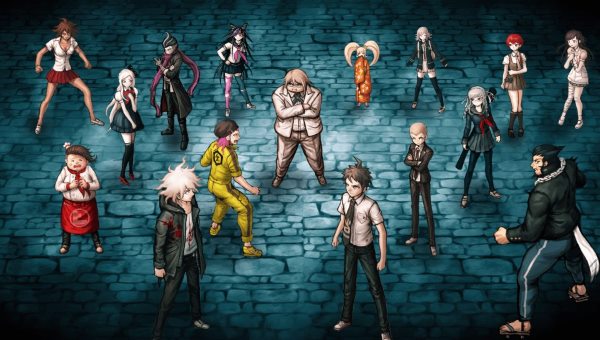
In the case of Goodbye Despair and whether or not its encapsulates everything that a good sequel should be, the accused is guilty of being one of the best examples of how to properly do a follow up. All of the elements that made the first game great are amplified by 10 and brought to new heights of greatness. While at the same time it does enough to set itself apart from the first game in a way that makes it feel distinguished. Few games out there will take you on a emotional ride through facetiousness and tragedy the way Danganronpa 2: Goodbye Despair does. It revels in its own absurdity throughout the course of the story it tells, all while brandishing a devilish smile.
 (10 / 10)
(10 / 10)
The Holy Grail
 (10 / 10)
(10 / 10)
